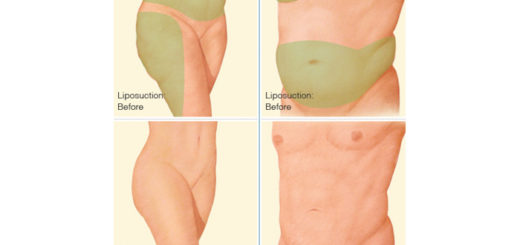How Familiar Are You with These Common Water-Related Diseases?
Water is essential for life, but it can also be a source of disease if it’s not properly treated and purified. Here’s a look at some common water-related diseases and how to protect yourself.
Contaminated Drinking Water
One of the most common sources of water-related diseases is contaminated drinking water. This can occur when water is contaminated with bacteria, viruses, or other harmful substances. Some common examples of water-related diseases transmitted through contaminated drinking water include:
- Cholera: Cholera is a severe diarrheal illness caused by the bacterium Vibrio cholerae that can lead to dehydration and death if not treated promptly.
- E. coli: E. coli is a type of bacteria that can cause a range of symptoms, including abdominal cramps, diarrhea, and fever. It’s often transmitted through contaminated water or food.
- Typhoid: Typhoid is a bacterial infection caused by Salmonella typhi. It’s transmitted through contaminated food or water and can cause symptoms such as fever, weakness, and stomach pain. To protect yourself from these and other water-related diseases, it’s important to drink clean, purified water. One option is to use a water filter, such as a reverse osmosis (RO) system or widely known as ro water, to remove impurities from your drinking water. You can also consider bottled water, although it’s important to choose a reputable brand and be aware of the environmental impact of plastic waste.
Contaminated Recreational Water
Water-related diseases can also be transmitted through contaminated recreational water, such as water in swimming pools, lakes, and rivers. Some common examples of water-related diseases transmitted through recreational water include:
- Cryptosporidiosis: Cryptosporidiosis is a diarrheal disease caused by the parasite Cryptosporidium. It’s transmitted through contaminated water and can cause symptoms such as diarrhea, abdominal cramps, and dehydration.
- Giardiasis: Giardiasis is another diarrheal disease caused by the parasite Giardia. It’s transmitted through contaminated water and can cause symptoms such as diarrhea, abdominal cramps, and bloating.
- Legionnaires’ disease: Legionnaires’ disease is a respiratory illness caused by the bacterium Legionella. It’s transmitted through inhaling contaminated water droplets, such as those found in hot tubs or showers. To reduce your risk of water-related diseases transmitted through recreational water, it’s important to practice good hygiene habits, like showering before swimming and not swallowing water while swimming. Additionally, it’s wise to be cautious when swimming in natural bodies of water because they may contain harmful bacteria or other contaminants.
Water-related diseases are a serious concern, and it’s important to take steps to protect yourself and your loved ones. By choosing clean, purified water and following good hygiene practices, you can help reduce your risk of water-related illness. Remember to always be cautious when it comes to your water source, and if you have any concerns, don’t hesitate to speak with a healthcare professional.




